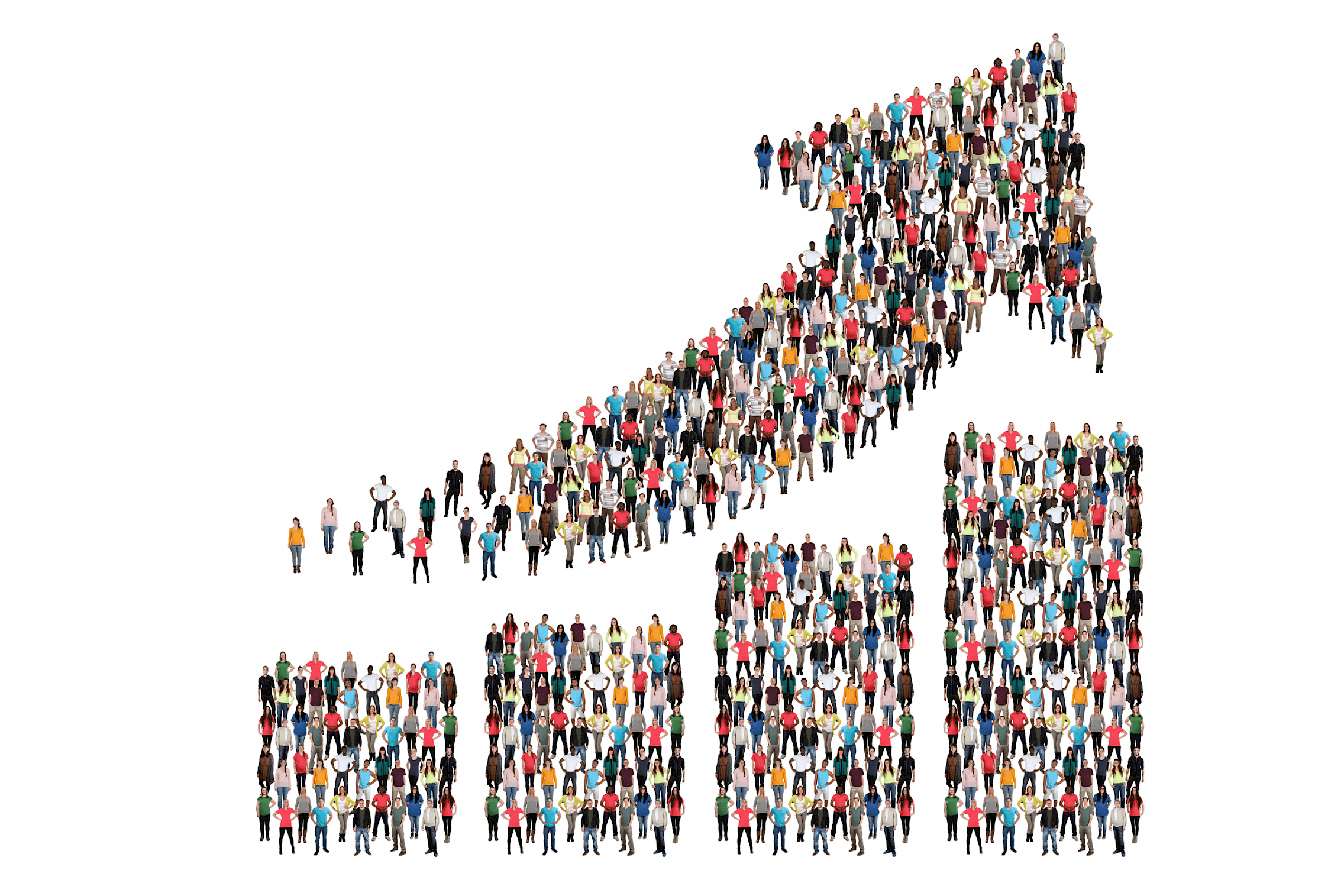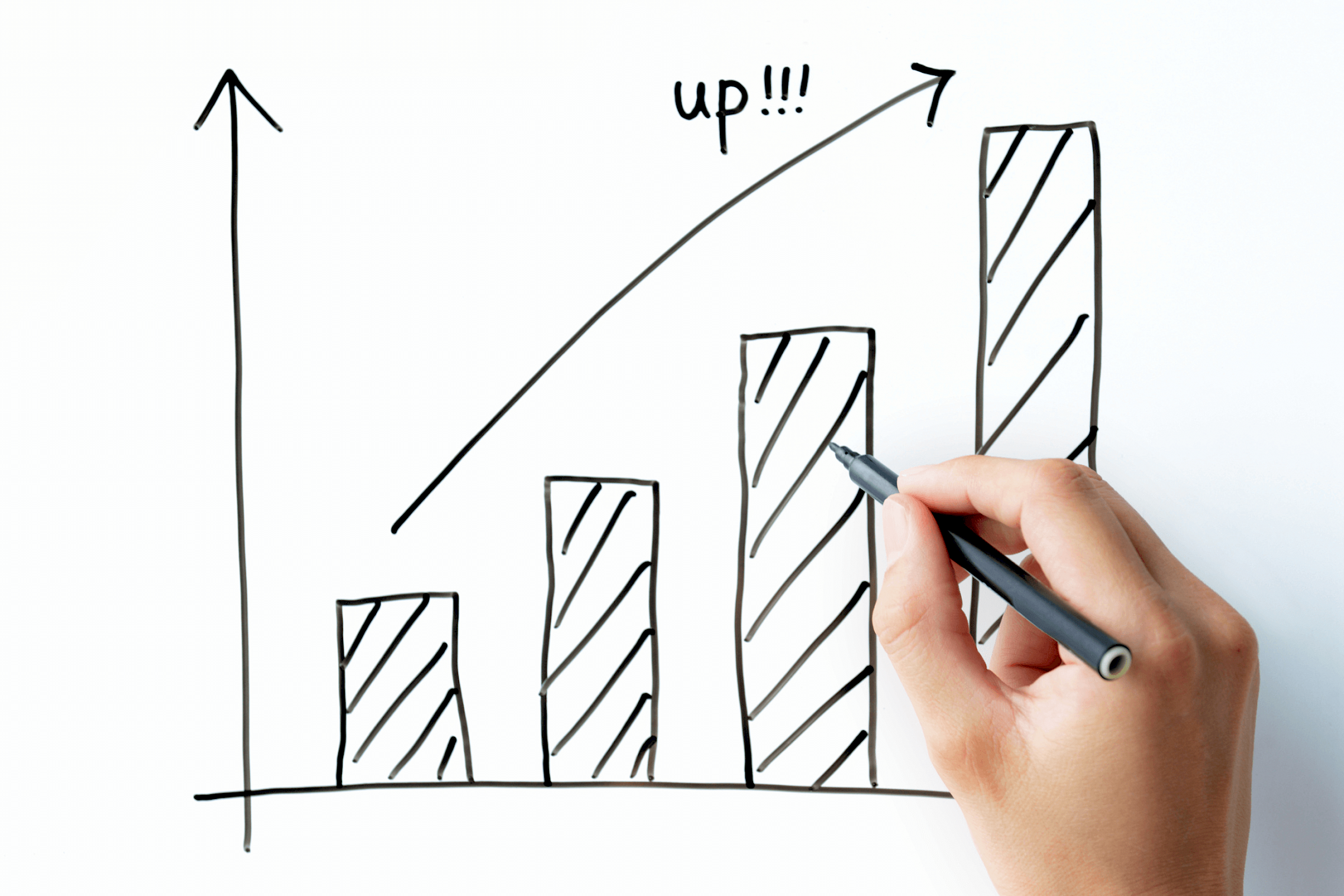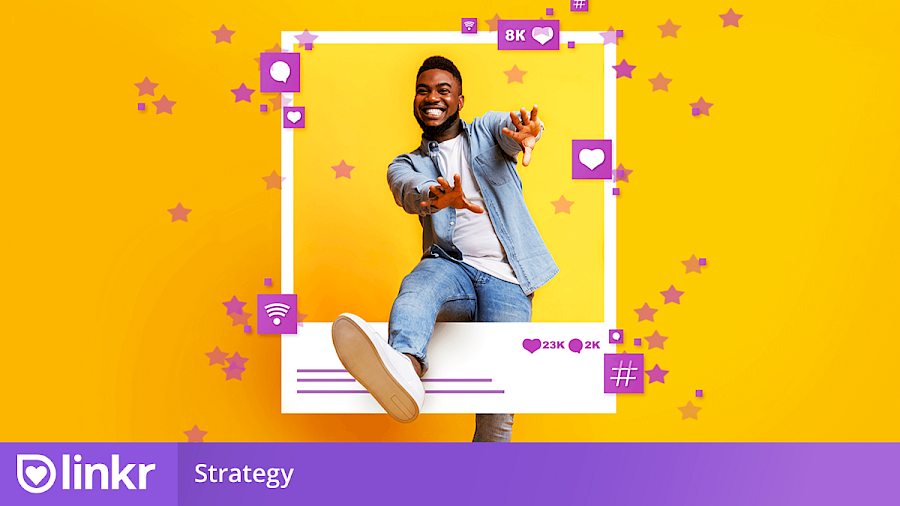Influencer Marketing has been a go-to strategy for advertising companies. While the landscape of the space has transformed in terms of the kind of influencers brands collaborate with, it remains one of the most effective ways to reach and build an audience.
However, the question that most business owners ask themselves (or forget to ask) before conceptualizing influencer campaigns is: When is the right time to enter influence marketing? And when isn’t…

This is a significant question for organizations because it can (and will) determine the campaign's impact.
So, in this article, we’ll be taking you through the most opportune scenarios of when you should move toward Influencer Marketing. We’ll also let you know if now is not (yet) the right time for you and your business to get started with Influencer Marketing.
Let’s get right to it.
While every business is unique, there are a few common phases that every business will traverse and find itself in throughout its lifecycle.
Influencer Marketing can be a powerful tool in any of those phases. In each phase, Influencer Marketing will serve a different purpose though.
Spoiler: You’ve probably guessed it - If you can’t put your business into either of those phases, then now is probably not the right time to get started with Influencer Marketing.
Phase 1: Brand Building
The Initial Leap
A brand needs to have a strong foundation and you are just beginning to build that.
This involves possessing a solid identity, personality, tone, core values.
From your target audience to the product it sells, everything must be well-defined.
Only once these checkboxes are ticked Influencer Marketing can make a difference, because then and only then can you search for (and hopefully find) influencers that embody your brand.

Influencers who’s followers perfectly match your brand’s target audience. Influencers who radiate the same core values as your brand does.
Tip: Key metrics to look at when selecting influencers for your business.
Relationships with influencers in this phase typically are long-lasting relationships. Influencers are growing with you. Are talking about your brand. Are supporting you because your values align with theirs.
Not for charity though. No one is working for free. But by conviction.
Note: This is not the time for sales conversions and discount codes.
Phase 2: Brand Awareness
Building or Expanding the Audience
You’ve established a strong brand. Yet though, very few people are aware it even exists.
This is the right time to work with influencers to spread the word.
In fact, it is one of the most popular reasons behind working with influencers and most brands join the bandwagon during this phase.
Cooperations might result in an uptake on sales. However, that is not the main goal.
What you want to achieve is increasing awareness for your brand and its products and services.

So when planning campaigns and choosing influencers to work with, you want to ensure that:
The vibe of created postings is a characteristic that the audience already associated with the influencer - i.e. authentic and relatable
The tonality and personality of created content matches the one of your brand
The transported message both helps your brand and is in line with the type of content followers expect and appreciate from the influencer
When these aspects are achieved, they work in synergy and an impression forms in the audience’s mind.
Tip: How to craft great Influencer Marketing Campaign Briefings
Phase 3: Conversion
Reeling in Sales
You’re a well established, widely known brand.
It doesn’t hurt to further spread awareness but your main goal is to increase sales mid- to long-term.

The gap between awareness and conversion can be bridged successfully by Influencer Marketing for two significant reasons:
People look for authenticity and credibility before buying a product or subscribing to a service. An influencer brings that with them.
Potential customers many times need that slight nudge that comes through relatability, novelty, or insight into the brand. Based on how the campaign and its various assets are crafted, influencers can bring out these traits with relative ease.
Thus, it is good for companies to collaborate and establish relationships with different types of tiers of influencers. This should be done strategically based on the long-term and short-term vision of the company.
A few short-term ways in which you can leverage influencers is hosting contests/giveaways, announcing flash sales for festive seasons, and more. When it comes to long-term influencers, they can be leveraged to convey what the brand is moving towards, what its next steps would be, and how it would benefit the customers.
Tip: How Sales Commissions for Influencer Cooperations really work.
Phase 4: Retention
Sustaining and Retaining the Customer Base
Sustenance is the most crucial phase for any company because in many ways it determines the longevity of the brand and is a reflection of its recall value. Even when the brand is doing well in terms of its previous phases, it is necessary to evolve for its existing and new customers.
Your products might be better than the ones of your competitors. Then working with influencers to spread that fact is one of the easiest ways to get ahead of competition.
If your products are interchangeable, then there will always be competitors that can easily draw your customers. So it is crucial to build brand loyalty and Influencer Marketing can help to accomplish it.

You can engage in mid- to long term relationships with Influencers to help you build a community around your brand, making sure consumers feel part of something when purchasing from you instead of your competitors.
Also, customers and audiences love brands with a purpose besides selling their products and services. This purpose could be anything that develops the identity of the brand.
Conclusion

Overall, these are the four major phases in which Influencer Marketing is the go-to Marketing tactic for your brand.
Regardless of what phase you are in as a business, Influencer Marketing will serve a different purpose for you and - if you haven’t already done so - now is the time to get started.
If you aren’t in any of those phases, Influencer Marketing is not yet the right tool for you. But let’s face it, then you neither have a brand nor a business yet either, have you?



